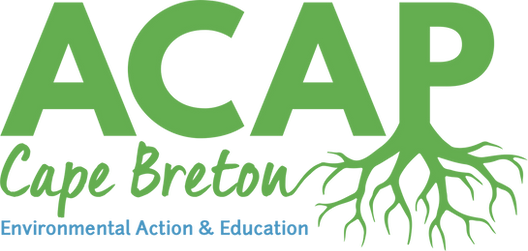
Monitoring Projects
Monitoring Pollinator Species at Risk
Safeguarding monarchs and at-risk bumble bees through monitoring and conservation in Cape Breton - Unama’ki.
Insects such as bumble bees and butterflies are known for their pollination prowess. Not only do they pollinate meadows and wild spaces, but they’re also responsible for pollinating crops that feed our communities. In Cape Breton, wild and cultivated blueberries require pollinating insects to produce fruit, contributing to economic and cultural practices on the island. Pollinating insects face many threats, including pesticides, climate change, and urbanization.
Insects such as bumble bees and butterflies are known for their pollination prowess. Not only do they pollinate meadows and wild spaces, but they’re also responsible for pollinating crops that feed our communities. In Cape Breton, wild and cultivated blueberries require pollinating insects to produce fruit, contributing to economic and cultural practices on the island. Pollinating insects face many threats, including pesticides, climate change, and urbanization.
Our research occurs in meadows, fields, roadsides, and wetlands across Cape Breton. To learn more about the bumble bees present at our field sites, we use catch-and-release research methods to quickly identify what species of bumble bees are present. Our monarch monitoring program looks a little different as we use observational research methods to learn more about monarchs (larvae and adults) and milkweed present at various field sites. For all our pollinator monitoring, we catalogue plant species at each site and note the different flowers on which we find bees and monarchs foraging (eating).
Check out our brochure on how you can help at-risk pollinators from home.
Interested in getting involved in bumble bee and monarch monitoring in Cape Breton - Unama’ki?
Upload photos of bumble bees, monarchs, and milkweed to iNaturalist and join ACAP’s bumble bee project and monarch and milkweeds project!



